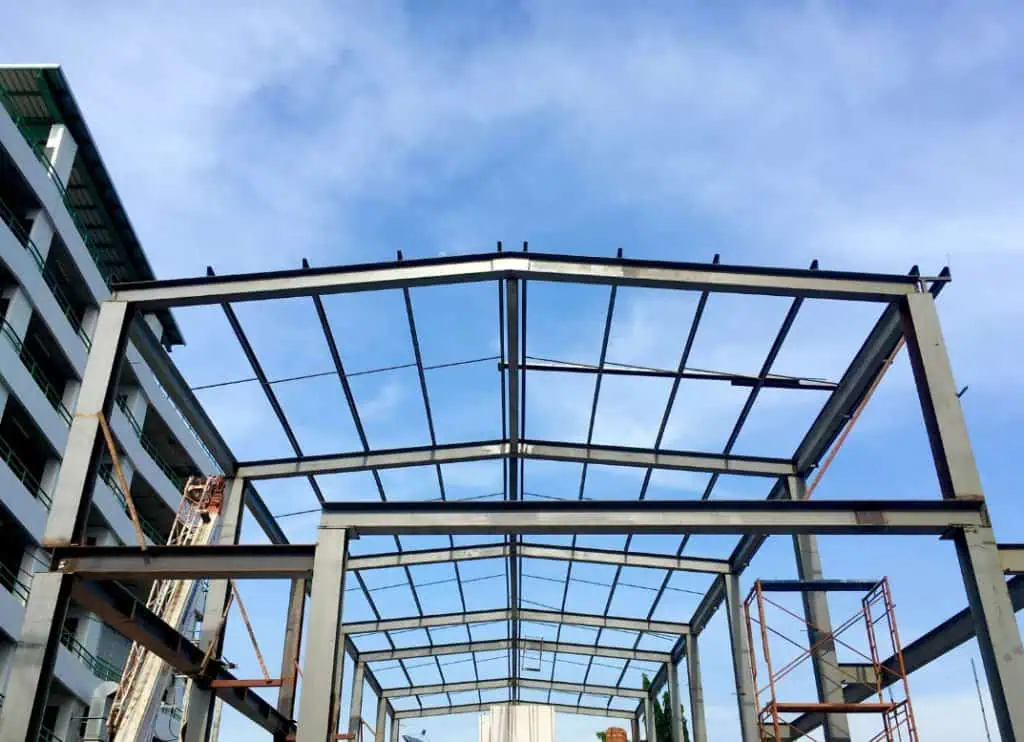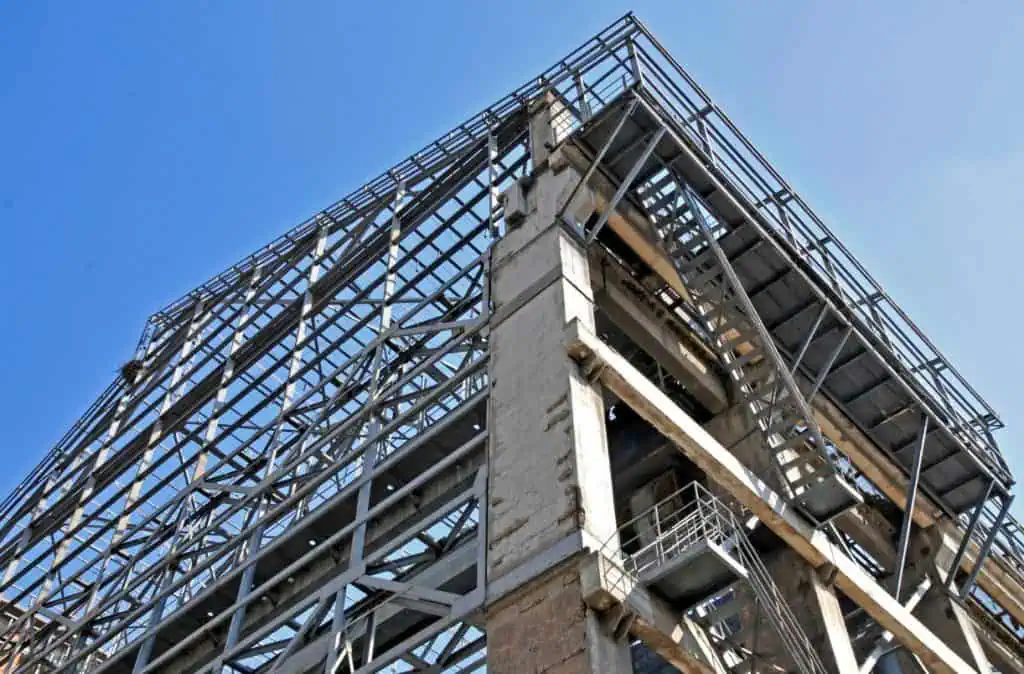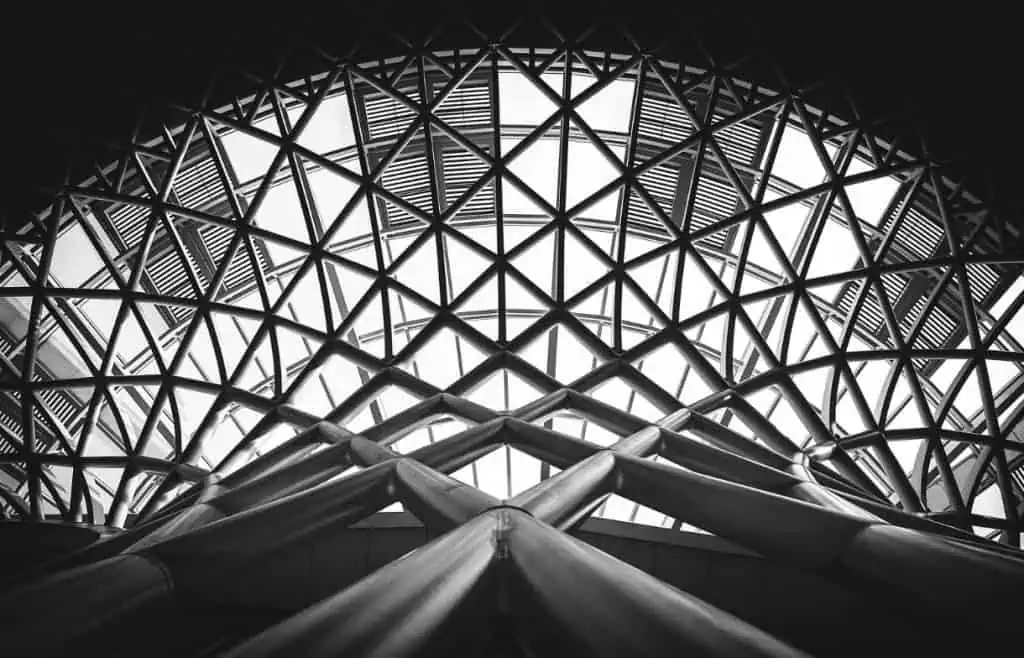Metal structures form an indispensable part of commercial buildings because they are strong, durable, and add to the general aesthetic appeal of the building. Without proper maintenance, even the most solid metal structures can show wear and tear with the passage of time.
Table of Contents
Variables such as weather, chemical exposure, and use repeatedly serve to contribute to the progressive deterioration of metals, leading to rust, corrosion, and weakening of the structure.
The following article discusses the general ways on how to maintain metal structures such as steel pipe. Discover how these can be kept in optimal condition to last for a long period and maintain the integrity of the structure.

Fighting Corrosion and Rust
One of the biggest enemies of any metal structure is corrosion, otherwise known as rust, caused by the basically simple principle of exposure to moisture and oxygen. It eats into the surface, hence weakening the metal-especially in coastal areas or highly humid regions.
The best prevention against rust is the application of coats for protection, such as painting, zinc galvanizing, or powder coating, acting as a barrier between the metal and atmospheric elements.
Inspecting it regularly is also very important, as early detection of rust makes treatment easier. In many instances, portions that rust can be cleaned by sandblasting or chemical treatment and a fresh protective coating can be applied.

Cleaning for Durability
Dirt and grime, along with other debris, accumulate on the metal surfaces in commercial buildings and facilities. While it would seem insignificant, the type of accumulation that holds moisture against the metal encourages rust and corrosion.
Regular cleaning eliminates these contaminants and maintains surface integrity. Warm water and a mild detergent typically suffice in general cleaning most metals; however, some metals may require a specific cleaner for their protective coating.
For this reason, harsh chemicals should not be used because they would disrupt the coating or metal and cause it to degrade faster.
Importance of Regular Inspections to Maintain Metal Structures
Regular inspection is an invaluable part of any maintenance program for commercial metal buildings. The inspections allow early detection of destruction beginnings, such as corrosion, dings, or fractures, which, when treated early enough, can be repaired before being destroyed completely.
Visual inspections are important, but there are cases where other more advanced methods are needed, such as ultrasonic testing and x-ray imaging.
These regular inspections should be done by professionals who can provide proper evaluation of the state of the structure and suggest relevant preventive actions. Routine examinations save money because minor problems have been discovered before they develop into major ones that are costly to fix.
Temperature and Environmental Stress Control
They are also often subjected to fluctuations in temperatures, as well as harsh environmental conditions that can cause metal fatigue and a loss of structural integrity.
High temperatures cause metals to expand, while very cold weather can compress it, which can cause cracking or distortion. In those areas where metals are often subjected to the elements of weather, they must be monitored regularly.
When feasible, non-reactive coatings that insulate from temperature might be applied to minimize the impacts of heat or cold. For systems such as networks of steel pipe, insulation can also prevent freezing and resulting stress caused by expansion.
Using Preventive Coatings and Sealants
One of the most effective methods of preventing damage to metal structures is through the application of protective coatings. Galvanization-a process through which a layer of zinc is applied to steel or iron-is a common method of protection against rust.
Other coatings can also be used, such as epoxy or ceramic, which offer specific protection against a host of variables, including chemicals and UV rays.
Sealing is very crucial, particularly at joints and connection points, since it secures those most vulnerable areas from moisture ingress. Application of the right coating and sealant not only adds to durability but also to aesthetic appeal.
Repairs and Replacements on Time
Despite best efforts, parts of the metal structures will wear down and require repairs or replacements. Timely repairs ensure that small problems do not snowball into major structural weaknesses.
For instance, if a section of steel pipe indicates the signs of corrosion, its timely replacement can avoid further damage. Replacement of worn-out bolts, joints, or other connectors further strengthens the structure.
While minor repairs can be done internally, complex issues require professional attention by persons who understand the integrity of a metal structure.

Environmental Impact of Proper Maintenance
Maintenance of metal structures is not only for durability and preservation of appearance but also provides very important environmental benefits.
Thus, extending the lifespan of metal components, on one hand, reduces the need to replace them so frequently, hence reducing demands for new metal production, an energy-intensive process that contributes to environmental emissions.
Moreover, it prevents a lot of metal trash from entering landfills. In doing so, they contribute their share to sustainability and eco-friendliness, which could be very essential for companies that seek green certifications or who want to conform with environmental responsibilities.
Future-Proofing with Advanced Technology
As technology advances, the maintenance of metal structures is now easier and more effective than ever. Techniques such as predictive maintenance using sensors and data analysis allow companies to track in real time the status of their structures and head off those problems before they can occur.
In cases where predictive tools are integrated, warnings of structural changes, corrosion risks, or weakening can be provided for early interventions. Besides that, innovations in protective coatings, including self-healing materials, are enabling metals to better resist harsh conditions and reducing frequency of maintenance.
With these newer technologies, these company structures are future-proofed to minimize the possibilities of downtime and ensure reliability long into the future.
Regular maintenance extends the life of commercial metal structures while protecting the value of an investment. With a detailed maintenance plan inclusive of regular inspection, cleaning, protective coatings, and timely repairs, business entities will be assured of strength and resilience in their metal structures.
Properly caring for such structures can drastically cut down the costs involved in major repairs or replacements; hence, to any commercial entity, maintenance is a wise and cost-effective approach.



